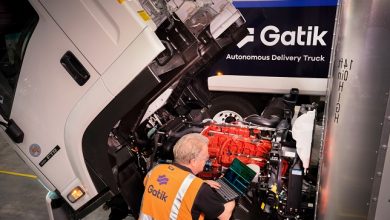Curtiss-Wright extends the range for hybrid & pure-electric vehicles

Curtiss-Wright’s Industrial Division has confirmed its continued commitment to its long-term strategy of advancing the electrification market with the extension of its traction inverter product portfolio. These latest CWTIs offer the most highly efficient and innovative design for use in hybrid and pure-electric applications for on-highway and off-highway commercial vehicles.
Commenting, Jason Watkins, GM Curtiss-Wright Industrial Division says: “Having successfully logged over two billion on-road kilometers since launching the first production units, these second generation CWTI models have been engineered to be the very best performing and most efficient IGBT inverters on the market today, using state-of-the-art technology to design and ensure end users receive peak performance from a CW engineered solution.”
The advanced motor control software within a CWTI ensures adaptive tuning works to create the highest efficiency between the inverter and motor, delivering a system that is both powerful and superior in performance. Results from extensive testing on some of the world’s most powerful and efficient electric motors have demonstrated improvements of up to 38% on peak torque and power. Furthermore, using the CWTI can improve the efficiency of the drive system (motor plus inverter) by 2% resulting in an increase of up to 14% in vehicle range from a single battery charge.
The latest CWTI models launch as 420kW vehicle-grade traction inverters for single (CWTI-S420) or dual (CWTI-D420) motor applications. To provide ultimate flexibility, the enhanced functionality of both models operates with multiple motor technologies, including AC induction, permanent-magnet synchronous (PMS) and interior permanent-magnet (IPM) types, to ensure improved range, longer battery life and lower running costs.
CWTIs offer unrivalled full fault protection and a high level of self-protection with both current and temperature measured directly on the IGBTs. These accurate temperature measurements deliver higher power from the motor, while current measurements offer superior short circuit protection to the system.





